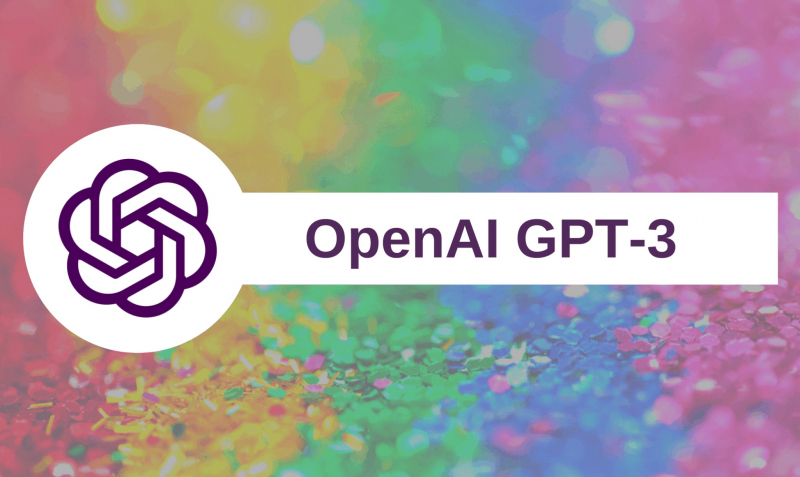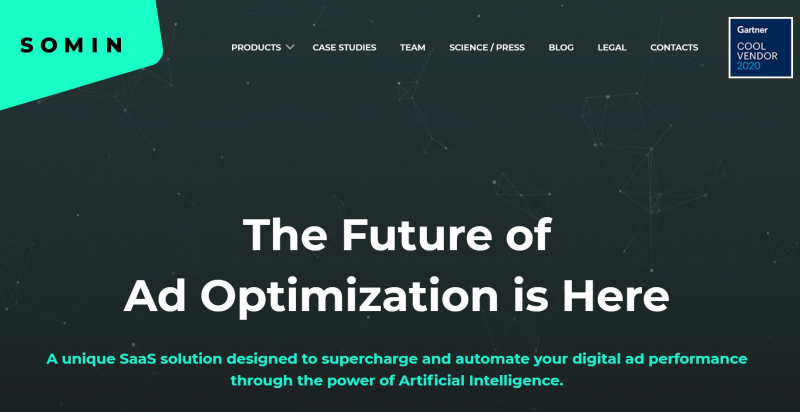As social networks are a means of communication they are also a major advertising platform. In the first quarter of 2020 alone, Facebook generated 17.44 billion dollars from advertising revenue. It is a business that enables other brands to touch the daily lives of their customers.
On the brand side, to effectively capitalize on this channel, they need to keep providing content. This creates a problem of scalability as the demand for this content is very high. Having to create new content and adapting it to different formats and audiences can reach in the thousands of units for a single campaign. To keep up, brands need to spend a considerable amount of resources.
“Considering the current trend, marketers need unique content every three to four days, which drains the resources of the creative teams that generate it for them. With how things work today, this effort can be extremely heavy, which brings up the question “is it worth it?”. This results in ineffective advertising. Last year, for example, Facebook spent 15 billion dollars on ineffective advertising.” explains Aleksander Farseev, head of the Media Research Group of ITMO’s Machine Learning Lab.

3rd generation neural network
Aleksander Farseev developed the Machine Learning Lab’s ideas to create the SoMin.AI project that applied AI for marketing purposes. The company is part of ITMO’s Acceleration Program. Today, it works on a content generator for social networks. In 2021, the team partnered with OpenAI, an American company founded in 2015 that focuses on the development of new AI technologies.
“They were once a research team, and then they’ve started commercializing their solutions,” comments Aleksandr Farseev. “Among their most famous inventions is the GPT-3 model of a third-generation AI with billions of parameters. GPT-3 is especially good at generating texts, it’s almost indistinguishable from a human being. There were several articles about GPT-3 that you read and only at the end realized that they had been written by GPT-3 itself. What I want to say is that modern AI is already advanced enough to generate content of the same quality as that created by a human being.”
GTP-3 wrote several essays on why people shouldn’t be afraid of robots. They were compiled into a text that was published by The Guardian. And in late 2020, biologist Aleksandr Panchin published his talk with GPT-3 on such topics as the meaning of life, pseudoscience, and aging.

Access granted
Only a limited number of companies and research institutions have access to GPT-3. They all have the opportunity to use the neural network for projects that pass rigorous selection. Having gotten approval, scientists and businessmen can use OpenAI’s creation for their purposes in exchange for feedback and their research data. SoMin.AI will adart GPT-3 for the purpose of generating advertising content.
“Marketing specialists will only need to create the initial version of the content, after which the GPT-3 models will use it to adapt to hundreds of options aimed at specific categories of users,” says Aleksander Farseev. “SoMin.AI and ITMO’s Machine Learning Lab will adapt algorithms for this purpose. With this abundance of content, the Facebooks and Googles of our world will be able to test which specific users like that or other option, which will make advertising more efficient. OpenAI’s team liked our offer, so they gave us access to GPT-3. We are currently doing our final tests, and next month, we’ll be releasing the product’s commercial beta.”

Research
Not only is the collaboration with Open AI part of the SoMin.Ai commercial project, but it is also expected to contribute to research activities at ITMO’s Machine Learning Lab. This gives the opportunity to ITMO’s students and staff to also work with GPT-3.
The team’s project is also based on the concepts developed at ITMO: the university’s staff members and their colleagues from Singapore have recently presented their findings at the WSDM conference and published an article on personality-driven content generation.





